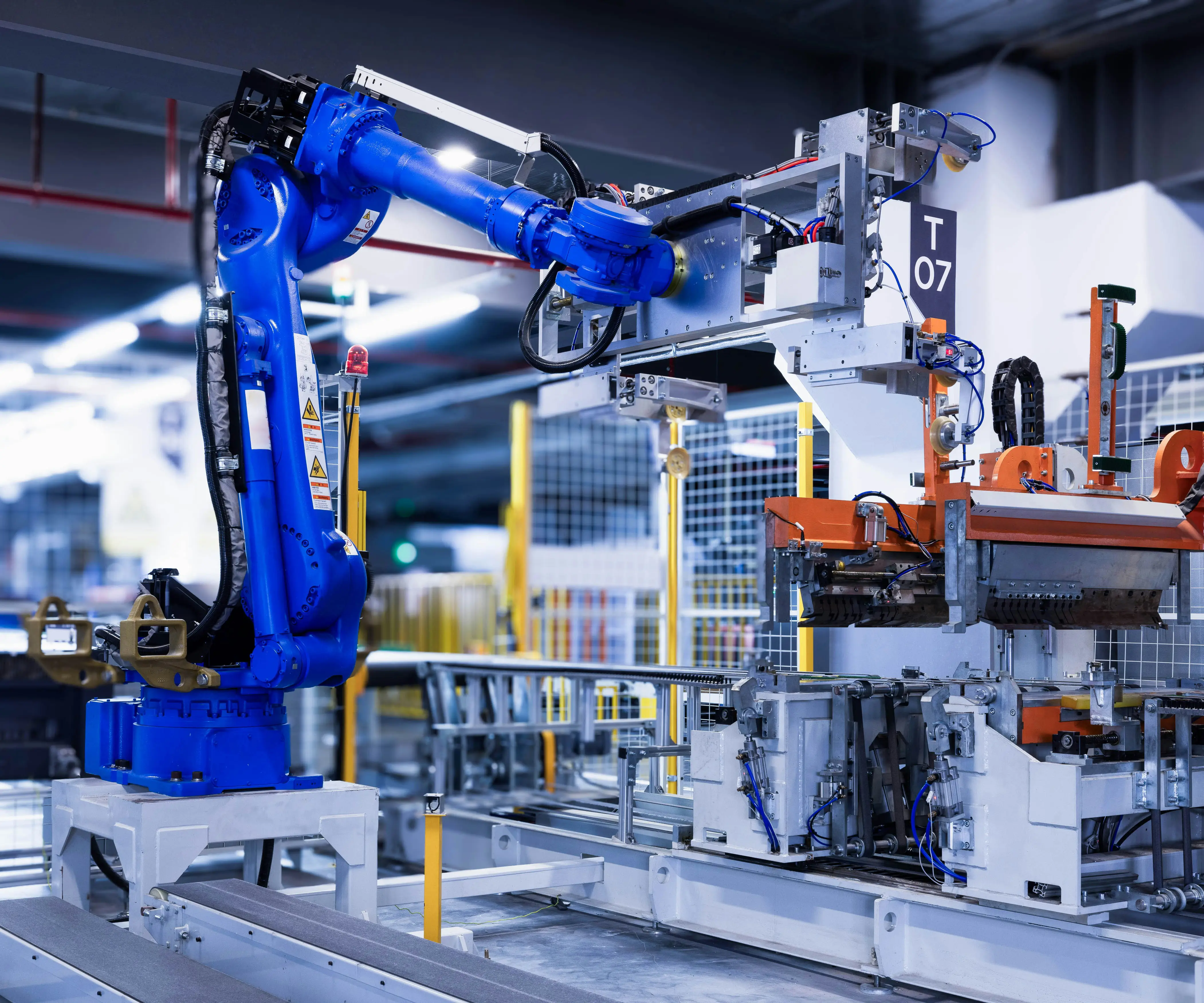Imagine trying to organize a bustling city’s traffic flow. You could build fancy bridges, or you could designate specific lanes that make movement smoother. That’s kind of what data mesh and microservices are doing for data architecture—two different ways to handle the chaos of data management, but each with its own flavor.

Data mesh is like creating a network of local hubs. Instead of a central control tower managing everything, every team handles its own data as a product. Think of it as allowing each neighborhood its own set of traffic rules—faster, more flexible, and tailored. These data products are owned and maintained by teams closest to the data source. As a result, you get quicker updates, better relevance, and a lot less bottlenecking at the top. It’s a distributed approach—empowering teams, reducing dependencies, and fostering a culture of accountability.
Microservices, on the other hand, take a different route. Picture a giant machine where each component—say, the engine, transmission, or brakes—is a separate tiny machine itself. Each microservice handles a specific piece of functionality within a larger system. They talk to each other through well-defined APIs, allowing the whole thing to function smoothly. When one tiny piece needs fixing or upgrading, you don’t touch the whole machine—that’s the beauty. Microservices shine by breaking down monolithic systems into pieces that can be developed, deployed, and scaled independently.
Now, here’s a question that often pops up: “Why pick one over the other?” Sometimes it’s about scale. Data mesh fits well if your organization is sprawling, with different teams managing their own data set. It enables faster innovation because each team controls its data destiny. Microservices work wonders when your applications need to evolve rapidly, without downing the entire system at once.
But wait, can they work together? Absolutely. Imagine microservices as the engine parts, and data mesh as the city’s traffic design—both need to work seamlessly for the city to run smoothly. Microservices produce and consume data, which can be orchestrated with a data mesh approach. This combo boosts agility, scales efficiently, and keeps data flowing without choking.
Thinking about who benefits most? Companies pushing for digital transformation find that data mesh offers a way out of bottlenecks, giving teams more control. Meanwhile, microservices ensure that specific business functions can improve rapidly without risking the whole system. It’s about choosing what aligns with your goals—speed, autonomy, or modularity.
In a nutshell, data mesh and microservices might seem like different paths, but in the grand scheme, they’re just different tools in a tech arsenal—each suited for specific needs. When used together, they can create a resilient, scalable, and agile architecture. The real trick is understanding your landscape—what's the terrain that will let your data and software systems thrive.
Established in 2005, Kpower has been dedicated to a professional compact motion unit manufacturer, headquartered in Dongguan, Guangdong Province, China. Leveraging innovations in modular drive technology, Kpower integrates high-performance motors, precision reducers, and multi-protocol control systems to provide efficient and customized smart drive system solutions. Kpower has delivered professional drive system solutions to over 500 enterprise clients globally with products covering various fields such as Smart Home Systems, Automatic Electronics, Robotics, Precision Agriculture, Drones, and Industrial Automation.




































